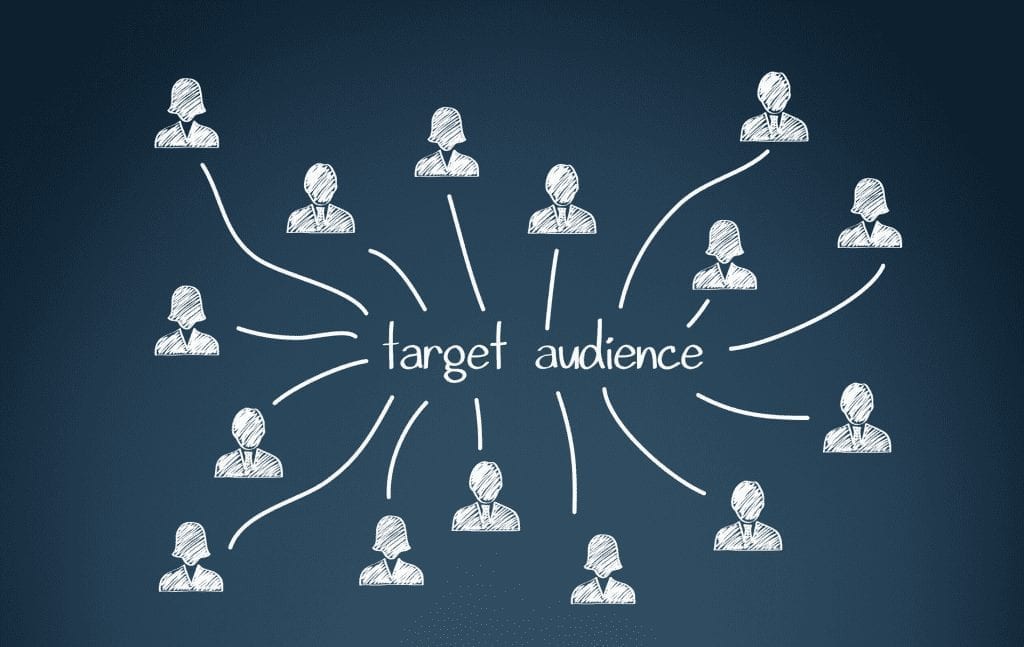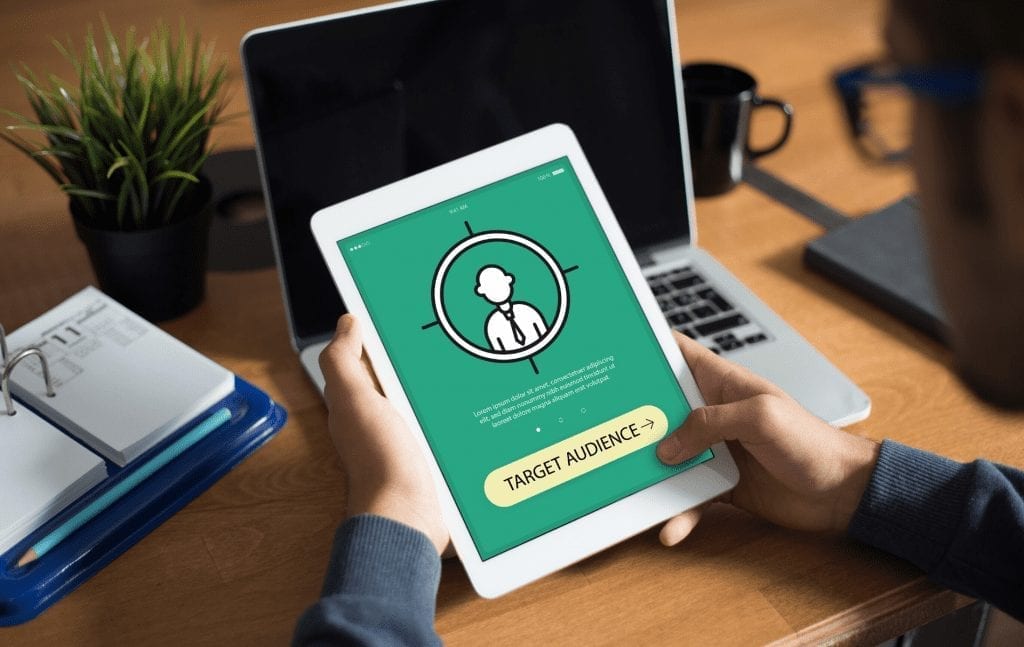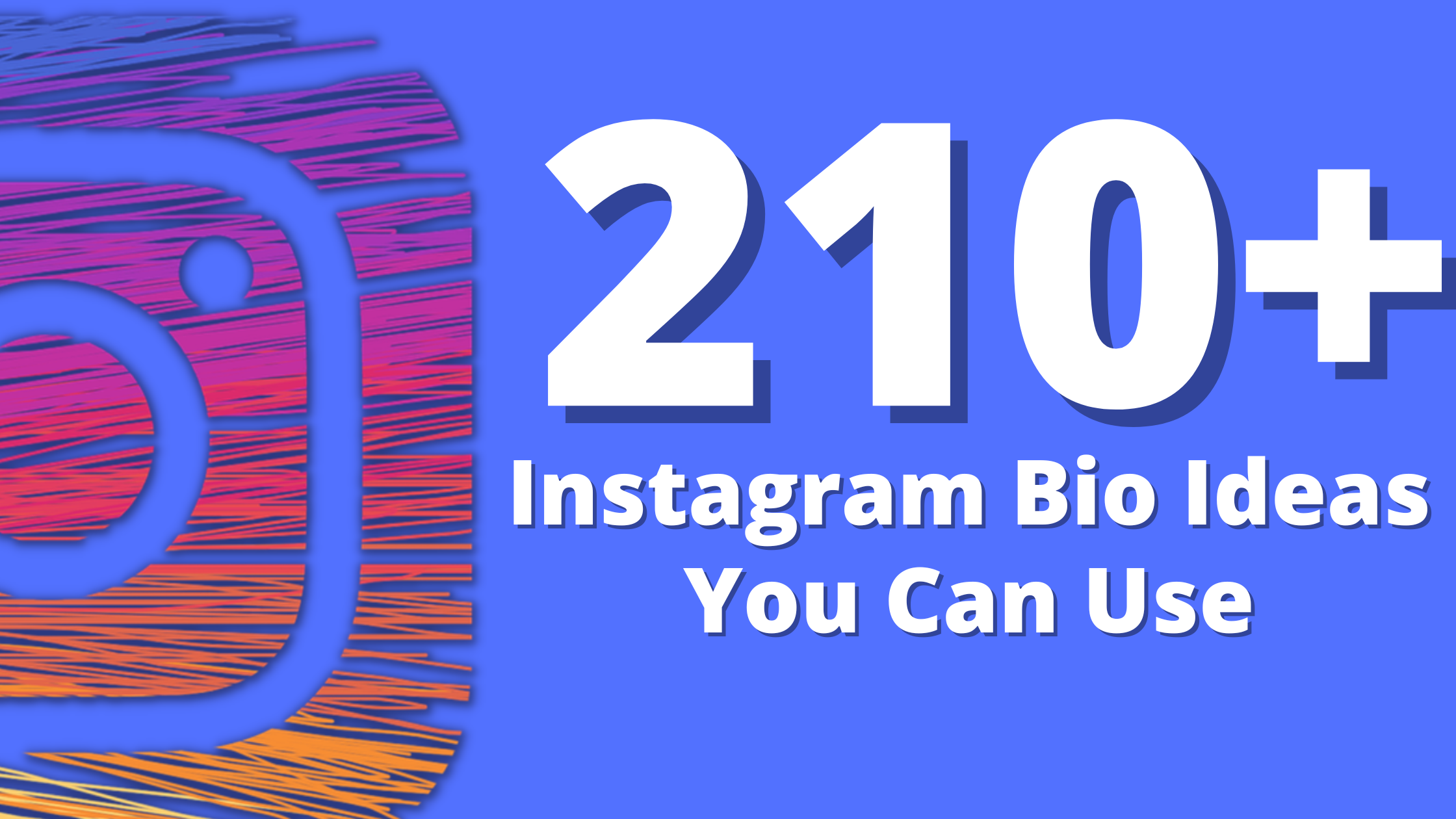Target Audience – Why It Matters For Your Marketing Strategy
When you plan out your marketing strategy, you must have a very good idea of who your target audience is. This knowledge is vital to creating a strategy that will actually pay off.
In this guide, we will discuss how you can identify your target audience, look at some examples and discuss in-depth what target audience is all about.
Once you’re done reading our article, you’ll be able to clearly determine your specific target audience and build a great marketing strategy around it.
But before we dive into that discussion, let’s make sure you know just what targeting in marketing is.
The Importance Of Targeting In Marketing
Targeting is a strategy that aims to divide a large market into smaller parts to concentrate your marketing efforts on. These groups of customers are based on unique characteristics efforts are solely focused on them.
If you’re trying to reach too many people – an entire market – you risk no reaching any of them in a way that will benefit your company. By putting your energy into a marketing strategy built around specific customers, you can achieve better success rates.
The parts that a market is normally divided into are geographic, demographic, psychographic and behavioural.
Geographic refers to countries, cities, neighbourhoods and regions. Demographic is about gender, education, age, race, marital status, religion and so forth.
Psychographic deals with lifestyles, personalities, interests, beliefs and values, while behavioural deals with brand interactions, spending habits and user status.
Targetted selling forms the foundation of marketing strategy planning and cannot be neglected. As you can see, it is about more than knowing that you want to sell your products to people who might find a use for it.
Your target audience has to be in the back of your mind with every step of your marketing planning.
What Are The 3 Types Of Audiences?
Not everyone realises it, but there are actually three kinds of audiences that matter to marketers.
These are the managerial audiences, expert audiences, academic audiences and lay audiences.
The managerial audience has more knowledge about your industry or niche than a lay audience does. They use their knowledge to make decisions. For these audiences, facts and statistics are important.
Expert audiences might need more than that. They like having graphics, visuals and good presentations. The experts are usually very informed about their chosen industry.
For them, specialised documents and technical vocabulary will be appealing.
When it comes to academic audiences, high-quality research and complex content are at the order of the day. They want things to be accurate and well-researched.
As you may guess, a lay audience has no formal knowledge about a niche or industry.
Why Is Knowing Your Target Audience So Important?

Having an in-depth and thorough knowledge of your target audience has an impact on your advertising and customer experience. It also affects your business operations and branding.
You need to speak directly to people, tell them what they want to hear. That is how you convince them that they want your product or service.
If your marketing strategy is too broad and has a less focused target audience, you will struggle to connect with people.
Your customers all have different experiences and you need to resonate with all of them. With proper research into your target audience, this is possible.
But fail at this, and you won’t be able to speak to the people that your whole marketing strategy is aimed at.
Targeting customers will go a long way to standing out from the competition. If you give them a user-experience or marketing efforts that are unique and resonate with them, you will gain high-quality leads.
Such leads are more likely to turn into loyal customers.
So, How Do You Determine Your Target Audience?
There are several ways that you can get all the information you need to get a crystal clear picture of the people you need to target.
We will discuss the most effective ideas that will give you the best results.
One thing that you need to remember about target audiences is that you don’t want to target everyone – only those that are interested in your niche or industry.
Take A Look At Your Competition
If there is one way that you can start to learn more about the people you need to aim your targeted selling at, it’s by seeing what your competition does.
Chances are, they already have their target demographic figured out. As such, they will be able to point you in the right direction.
You may even notice that your competition’s target audiences are more focused or narrow than your own.
Of course, the target market that your competition has may not be exactly the same as yours. It will be very similar though since you’re in the same industry.
Look At Your Current Customers
It is a great idea to closely check out the people who are currently using your product or service.
Once you’ve examined this group of people, you have a better idea of what your target markets look like.
We suggest that you build on that and not try to stick to only the customers you’re currently reaching.
Don’t overwhelm customers with questionnaires or surveys because they may get irritated.
Rather use tracking services and analytics to learn more about the kind of people who support your products or services.
You can learn more about their location, ages, languages, interests and spending habits.
Use Social Media Ads
You can test how accurate your ideas are by testing them on your targeted audiences. Create social media ads that are made to tailor to your potential customers.
Make sure that the language and visuals that you use are appropriate for your customer target.
Run these ads and see how great they are at reaching them. Of course, a lot of planning goes into creating social media ads, so consider checking out our guide.
Don’t be hasty – you know what they say about fools and rushing in.
Track the performance of your ads to determine what you’ve achieved with them. If you’re not satisfied head back to the drawing board.
Don’t give up if at first you don’t succeed – keep working on your strategies.
Make Use Of Social Media And Website Analytics
Fortunately for marketers, websites and social media platforms provide analytics to track performance and customer analysis.
With this, you can enjoy a better understanding of target markets and define your target audience much easier.
Make use of what is at your disposal and use it to your benefit.
Target Audience Definition

Now that you have more data to work with, it is time to clearly define the target market that your company has.
This will help you when you’re working on your strategy – you won’t be working in the dark.
For example, your target audience could be living in an urban area and have knowledge of technology and gadgets. They could hold certain education degrees and be part of specific social clubs. They could range between a specific age and spend their money on certain activities.
The above example is rather vague but you get the idea.
Once you have this knowledge, you will know how to proceed with your marketing strategies.
Don’t Get Complacent
You may have to revisit your target audience research more than once. Your target market could change over time and you should adapt your marketing strategies accordingly.
Always make sure you stay involved with your customers so you can change your target audience definition as needed.
What Is An Example Of A Target Audience?
Sometimes, the best way to learn about something is to see actual examples to drive the idea home.
Also, examples are great for inspiring new ideas and strategies. So, let’s take a look at a few target audience examples.
Travel Company
For a travel company, the key demographics will likely be people between the age of 30 to 55. Of that, 70% might be female and they could value building lasting relationships.
Also, they want to save money while having a good time exploring the world. They enjoy content that shows them what it’s like to visit their dream destinations. Case studies are also popular among this target audience.
An Athletic Shoe Supplier
You may find that the target audience of such a supplier is between the ages of 18 and 29 with about 60% of them being male.
They want to look good but don’t care to follow trends all that much. They look up to athletes and sports icons.
This audience puts a lot of value into their friendships and is likely to remain loyal to a brand.
These people probably look for exercise tips on the internet and the best content for them are articles that are filled with images and interesting visuals. Social media posts and videos are great ideas for marketing.
Protein Bars
A company that sells protein bars will find that their audience demographics will be people between 18 and 35. They will be exactly split between male and female.
Also, the target audience wants to eat healthy and nutritious but sometimes fail. They love being in nature and spending time with friends.
If they are able to find a brand that shares their values, they will be loyal. The best kind of content to use for marketing will be videos and social media posts.
Now, these examples aren’t very detailed but should give you an idea of what kind of information you should be gathering for your target audience definition.
What Is Primary Target Audience?
When targeting an audience, you may find that marketers talk about primary target audience and secondary target audience. Let’s take a look at what these are.
Primary Target Audience
This is your main (primary) audience and the customers that are most likely to become loyal supporters. They have the potential to become repeat customers.
This group may not be the biggest or most obvious. However, it is the most important audience.
You need to create a marketing plan that will speak directly to this group. They need to identify with your brand.
Secondary Target Audience
Your secondary target audience is the next market that has the most promise. For example, the end-user of your products and services might be a child, but the parent will make the purchasing decision.
We suggest that you keep your secondary audience in mind when you create your marketing strategies.
Identifying Target Market Opportunities
Now that you know more about what target audiences are and how to determine yours, let’s discuss how you can identify target market opportunities.
The advice we share here will help you to spot opportunities to reach out to the audience that will benefit from your products or services.
Site Keywords
You can use a site keywords tool to help you find trends that are relevant to your audience.
Alexa’s Site Keywords Tool is one example of such a tool. You can enter the name of one of your competitors’ websites and see a report of the top keywords that helped drive traffic to their site.
This lets you see the terms that your audience use and helps you create content that will be meaningful to them.
Keyword Difficulty Tools
Along with using a site keywords tool, you can also use a keyword difficulty tool such as the one from Alexa.
This allows you to to find industry terms that are used by your target audience. You will see what trends are related to your products and services.
Simply enter a phrase that is closely linked to your business and see reports on trends that reflect a need in your industry or market.
Using Target Audience Data To Strengthen Your Marketing Strategy

You’ve got an idea of your target audience and you’re ready to beef up your marketing strategy with your knowledge.
Now you just need to use the following tips and you’ll find a greatly improved strategy.
Customer targeting – a fancy way of referring to target audience – is very important in your marketing strategy.
But you know that.
So let’s get into how you can pull it off.
Content Marketing
You can create more targeted and valuable content when you know who you’re creating it for.
Instead of making blogs, infographics and visually-driven articles that are all pretty generic, you can be more specific.
Speak to your target audience’s fears, desires, hopes and dreams with your content.
For more information on creating amazing content marketing strategies, check out our guide. There, you will be given more insight into this marketing approach.
Search Engine Optimisation
It is much easier to optimise your content when your target audience has been identified. Keywords are great for driving traffic and getting the right people to see your brand and what product and service you have on offer.
Your marketing campaign will greatly benefit from having the appropriate phrases and words sprinkled in.
The Right Language
You know that your target audience is young and likes to follow trends – talk the right language to them and you’ve got them hooked. This is especially important on social media platforms.
When your audience can see that you know them, they are more likely to trust and like your brand.
Also, speaking the language of your audience is a fantastic way to connect with them.
Ads
We suggest that you also use your knowledge to find sites where you should be showing ads for your products or services.
There is no point in putting ads where your audience won’t be seeing it. Focus on sites that you are sure they will be visiting.
Guest Blogs
You can get the attention of your target market by guest posting on popular sites where you know they’ll see your content.
Write interesting articles to share on these sites and use it to drive traffic to your site.
Assumptions About Your Audience That You Should Avoid
We are all guilty of making assumptions about people and the same happens to marketers and target audiences.
Assumptions are very often completely wrong though, so you should do your best to avoid them.
There are two things that can happen when you create content based on assumptions.
Your readers or viewers can feel like they’re being shown content meant for experts and not them.
Or they can feel that you think they’re stupid and they will not stick around for that.
Do your best to avoid the following assumptions and lose potential customers and supporters:
Your Target Audience Know The Same Things You Do
Defining a customer by what you know is not a smart move. It is easy to assume that since people are interested in your product or service, they know what you know about the industry.
It is quite possible that they know more than you do, or perhaps less. Sometimes the knowledge you have is just different to the knowledge your audience has.
Write and create your content in a way that is easy to understand by everyone. Use simple, clear language that isn’t aimed at showing off a great vocabulary.
Rather opt for giving a bit too much detail than not enough.
You And Your Audience Are The Same
Sure, your target market may have a lot of things in common with you. You may have similar interests, but it’s not likely that you’re in the same demographic.
Even if you are, it is safer to assume that you are different.
If you are working in an industry that you’re not particularly passionate about, you have to assume you’re different.
Your Target Audience Cares About Your Brand
All brands want their target market to deeply care about their brand, but that doesn’t happen too often. They’ll like, admire and support you but don’t assume that they care.
For the most part, your audience cares about themselves, their family and their friends.
But that doesn’t mean your customers can’t trust you. Create content that is personal and shares the value of your audience. That way, they’ll at least want to be loyal to your brand.
Your Target Market Knows The Industry Jargon You Do
You won’t immediately know all the jargon of a niche without learning about it. Even then, it’s possible that you don’t know all the words and acronyms used.
The same goes for your target market.
Don’t assume that they know all the jargon associated with your industry just because they’re interested in it.
When creating your content, rather assume that people don’t know all the fancy and unique words and show it to them. Explain what the words mean.
It may seem like a minor detail but can cause many of your target audience to lose interest in your content.
Tips For Creating Content That Will Impress Your Target Market
There are many ways to create great content aimed at pleasing your targeted audience, but we’ll share 3 of our favourite tips here with you. We only briefly discuss them but you will be able to benefit all the same.
Use these to add more flavour to your marketing strategy and enhance your chances at success.
Create A Sense Of Urgency
Your target audience needs to feel that they have to get their hands on your product or service. Creating urgency makes your content stand out and you’ll get more conversions.
If people feel that something has to be done right now, they’re more likely to act. Words that are useful for creating urgency are:
- Right away
- Limited
- Today
- Now
- Hurry
Focus On Needs
You need to make sure that your content addresses the needs of your target market. Ask yourself how your content will interest your readers or viewers.
Will the content make them realise that your product or service is something they can use to solve their problems?
Address particular points of interests, pain points and interests and your audience will see why they want to support your brand.
Show Off Your Benefits
You want your target market to know what they’ll benefit from using your product or service. Don’t drown them in features that make your brand the best.
Instead, show them how your brand can improve their lives.
Conclusion
There you have it – the definition of target market, also known as target audience. We have given you some examples of target market strategies and shown you how to approach it with the right mindset. The rest is up to you.
If you need more inspiration, take a look at our blog. We discuss many important marketing topics such as the importance of online reputation management and how to start a social media marketing agency.




